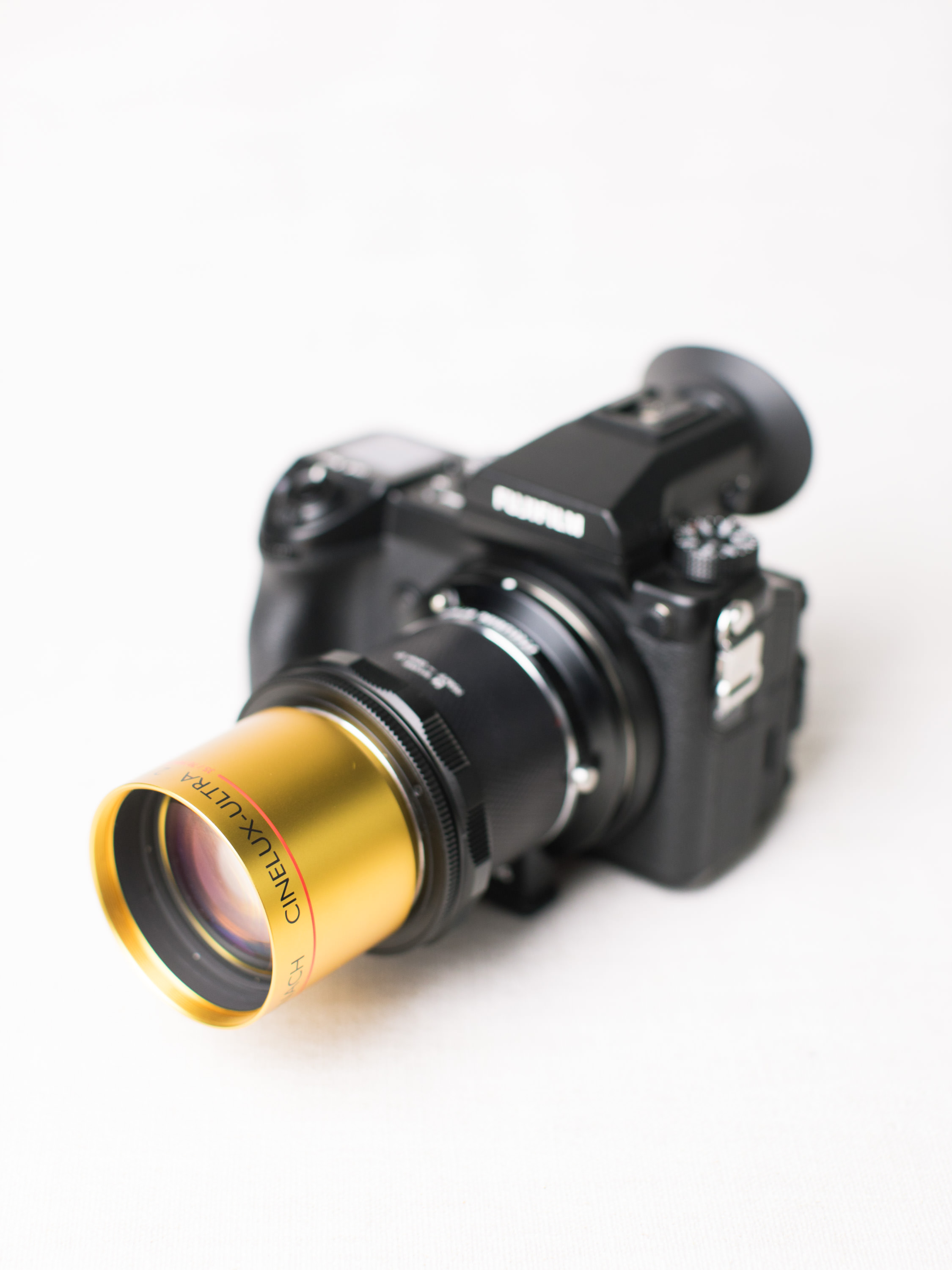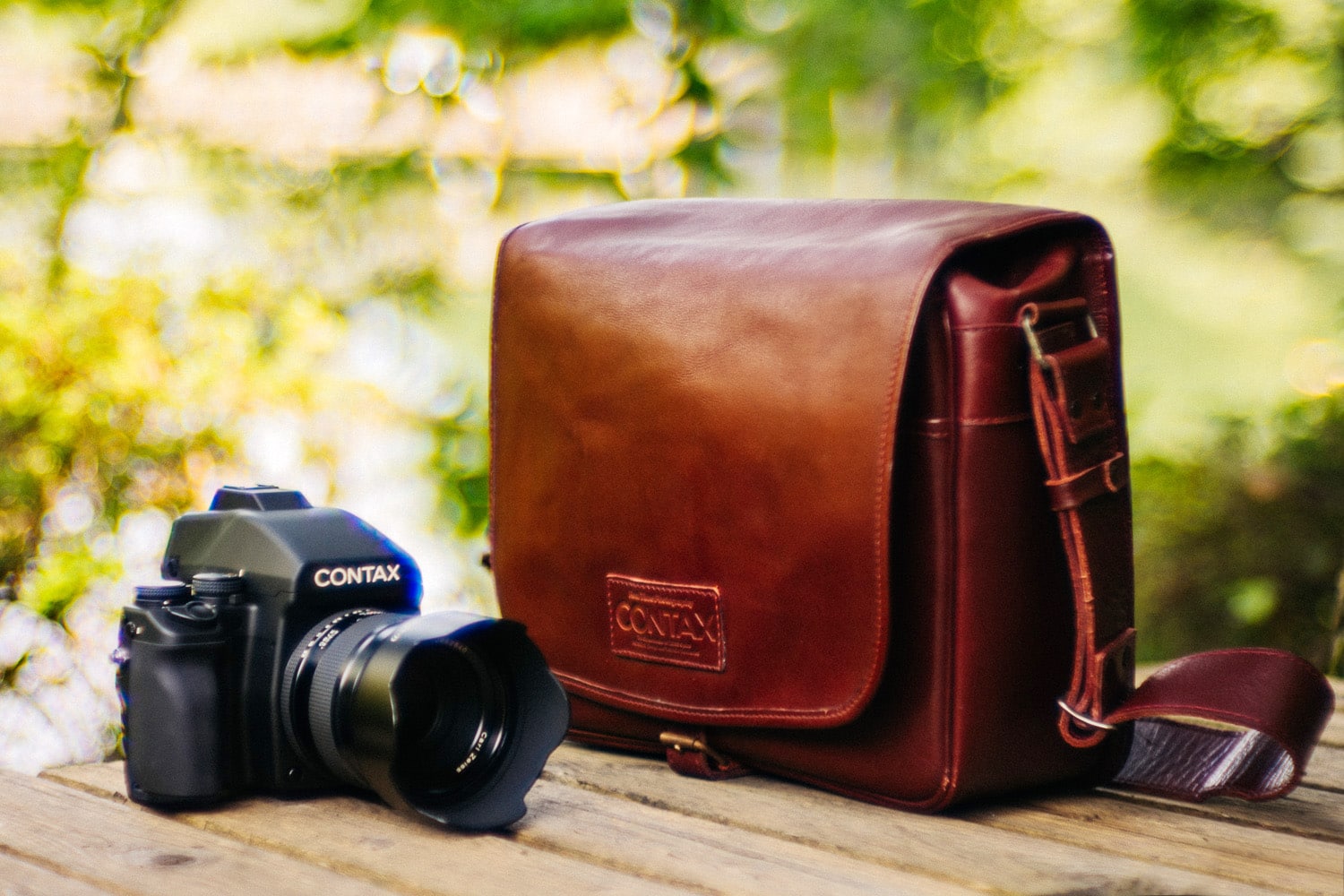
Illustrating the FFD between Canon EOS (EF/EF-S) and Sony E-Mount camera For this reason, when using a lens mount adapter, it is best to focus visually through the camera rather than relying on the distance markings of the lens to ensure proper focus. While this may be frustrating to some users accustomed to a hard-stop at infinity, it beats the alternative of not reaching infinity focus at all. To take into account any tolerance discrepancies in manufacturing on both lenses (including third party lenses) and cameras, we specifically make our adapter slightly thinner than the FFD calls for this ensures that all lenses for one system, regardless of age or manufacturer, will reach infinity focus or slightly beyond when mounted on the camera. If a lens mount adapter is even a fraction of a millimeter too long the lens will not focus to infinity. Virtually all vintage lenses and DSLR lenses, including those for 35mm rangefinder cameras, can be adapted to Mirrorless Interchangeable lens Cameras (MILCs) thanks to the short FFD of MILCs.įlange focal distance is one of the most important variables in a camera system, as lens seating errors of as little as 0.01 mm will manifest themselves critically, often resulting in a mismatch of focusing distance in relation to the lens markings and the inability to reach infinity focus. Among modern 35mm SLR systems, the Canon EOS (EF/EF-S) system has the shortest Focal Flange Distance, making it possible to adapt nearly any 35mm or medium format system lens with the appropriate adapter, however there are some exceptions: lenses for 35mm rangefinder cameras and, ironically, lenses for Canon’s other mounts (RF, FL, FD, FDn). These lenses are often relatively inexpensive and simple to adapt due to the long FFD of medium format SLR camera systems.
.jpg)
Vintage medium format lenses offer excellent opportunities to adapt to modern cameras.

This means that the thickness of the adapter must be precise to ensure that the FFD for your lens/camera combination is accurate. To make sure that your camera permits focus without the use of corrective optical lenses, the FFD must be correct. Generally speaking, cameras with a short flange focal distance can be adapted to a greater diversity of lenses due to the ability to fit an adapter between the lens and camera body. The Depth of Focus on a Canon EF Mount lensįFD will also dictate the ability to mount lenses from other camera systems onto your camera body.

Combining the correct Depth of Focus and FFD allows for infinity focus. Depth of Focus is also referred to as lens-to-film tolerance.

Depth of Focus, measured in hundredths of millimeters, is the distance between the lens and the image plane that allows for acceptably sharp focus to be achieved. This distance is unique in each camera system out there. Flange Focal Distance & What FFD Means for YouĬlose-up showing the FFD of a Sony E-Mount cameraįocal Flange Distance/Flange Focal Distance or FFD (also known as the flange-to-film distance, flange focal depth, flange back distance (FBD), flange focal length (FFL), or simply register, depending on the usage and source) is the distance from the joint of the camera and lens to the digital sensor (or film).


 0 kommentar(er)
0 kommentar(er)
